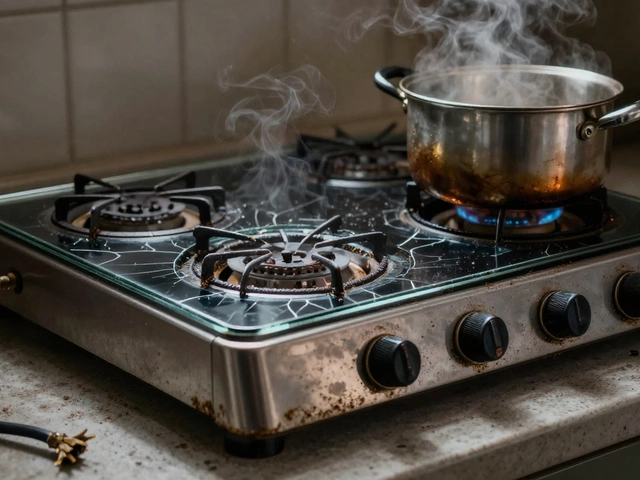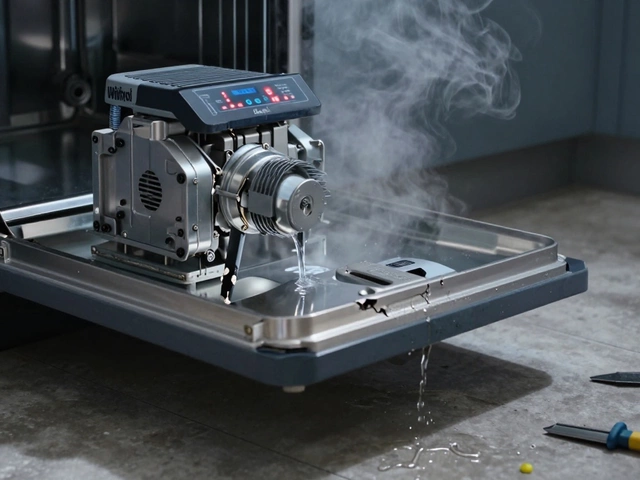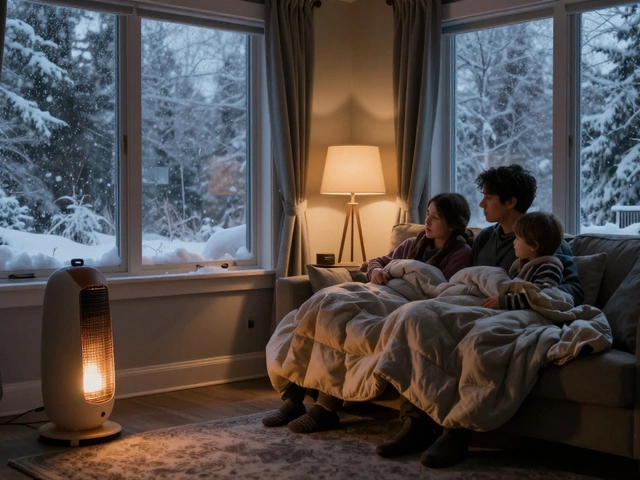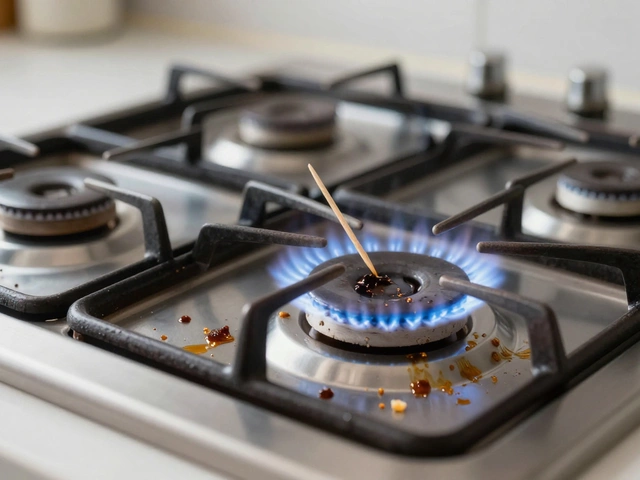Common Oven Issues: What Happens and How to Fix Them
Ever walk into the kitchen, set the timer, and… nothing? A temperamental oven can ruin a dinner plan fast. The good news is most problems aren’t rocket science. A quick check, a few simple tools, and you can often get the oven back in shape without calling a tech.
Why Your Oven Might Not Heat
The first thing to test is power. Make sure the plug is snug and the circuit breaker hasn’t tripped. If the oven lights up but the cavity stays cold, the heating element is the usual suspect. Remove the element (most are held by two screws), look for visible cracks or a blackened spot, and use a multimeter to check continuity. No continuity means the element needs swapping.
For gas ovens, a faulty igniter can stop the flame. When you turn the knob, you’ll hear a click and see a glow – if the glow never appears, the igniter is likely dead. Replacing it is a weekend DIY job for most, just remember to shut off the gas supply first.
Another common hiccup is a bad thermostat or temperature sensor. When the oven thinks it’s hotter than it really is, it shuts off early and food stays undercooked. You can test the sensor with a multimeter; resistance should change as the oven heats. If it stays flat, replace the sensor.
Fixing Temperature & Control Problems
Temperature swings are frustrating. If your oven is consistently 20‑30°F off, the error is usually in the calibration. Most ovens have a small screw on the back panel (or inside the door) labelled “Cal” or “Temp”. Turn it clockwise to raise the temperature, counter‑clockwise to lower it. A quick oven thermometer will tell you if you hit the sweet spot.
Modern ovens rely on an electronic control board. When the keypad stops responding or displays weird codes, the board may be fried. Before you toss it, try resetting: unplug the oven, wait a minute, then plug it back in. If the problem persists, look for burnt marks or swollen capacitors on the board. Swapping the board is the last resort and usually needs a pro.
Door seals often go unnoticed but a warped gasket lets heat escape. Check the seal for tears or gaps; run a piece of paper around the door – if it slides out easily, the seal isn’t tight. Replacing the gasket costs a few pounds and can boost efficiency dramatically.
Finally, keep the oven clean. Grease buildup on the bottom can cause the thermostat to overheat and shut down. A simple wipe‑down after each use prevents that and keeps the interior smelling fresh.
In a nutshell, most oven issues boil down to four areas: power, heating component, temperature control, and seal integrity. Grab a screwdriver, a multimeter, and a spare element or sensor, and you’ll handle about 80% of the complaints yourself. If you’ve tried these steps and the oven still misbehaves, it’s time to call a local repair service – they have the expertise to tackle the tougher electrical or gas‑line jobs safely.
Common Oven Problems: Troubleshooting and Solutions for Home Cooks
- Alden Wilder
- Jul 10 2025
- 0 Comments
Explore the most common oven problems, why they happen, and practical solutions you can try at home to keep your oven running strong.
View More




